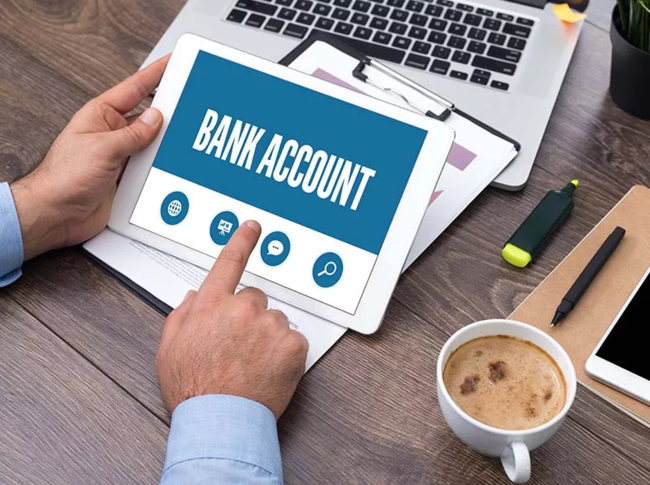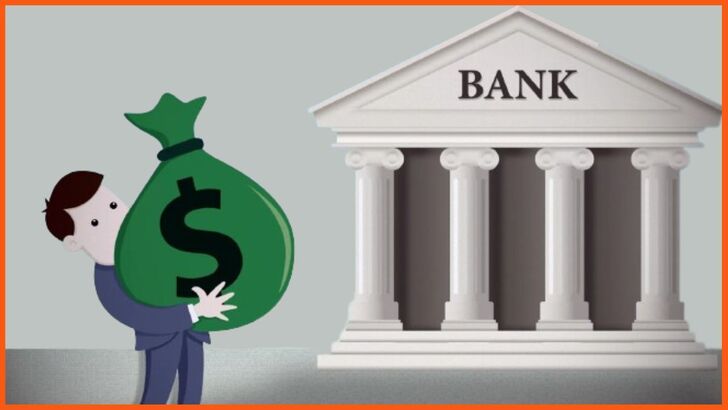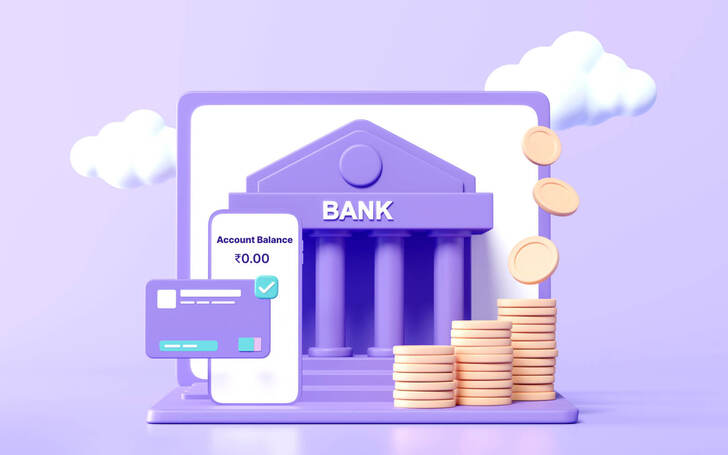Guide to Opening a Bank Account in the U.S.: What You Need to Know
Here’s an in-depth guide, incorporating practical data and insights, on what you need to know before opening a bank account in the U.S.

1. Types of Bank Accounts
The first step is understanding the different types of bank accounts available:
- Checking Accounts: Ideal for everyday transactions such as receiving direct deposits, writing checks, and using a debit card. According to a 2021 survey by the FDIC, 95% of U.S. households have a checking account.
- Savings Accounts: Designed for saving money and earning interest over time. Savings accounts usually limit the number of withdrawals per month.
- Money Market Accounts: These accounts combine features of checking and savings accounts, often offering higher interest rates but requiring higher minimum balances.
- Certificates of Deposit (CDs): These are time deposits with fixed interest rates and fixed terms, ranging from a few months to several years.
2. Choosing the Right Bank
Selecting the right bank involves evaluating several factors:
- Bank Type: Decide between traditional banks, online banks, and credit unions. Traditional banks offer physical branches, while online banks often provide higher interest rates and lower fees due to reduced overhead costs. Credit unions are member-owned and typically offer favorable rates and customer service.
- Bank Size: Large banks (e.g., Bank of America, Chase) offer extensive services and nationwide ATM networks. Smaller banks or local banks might provide more personalized service.
3. Fees and Charges
Understanding the fee structure is crucial. According to Bankrate’s 2023 checking account survey, the average monthly fee for a checking account is around $5 to $15, but many banks offer ways to waive these fees. Key fees to watch out for include:
- Monthly Maintenance Fees: These can often be waived by maintaining a minimum balance or setting up direct deposits.
- ATM Fees: Using out-of-network ATMs can incur fees ranging from $2.50 to $5 per transaction.
- Overdraft Fees: The average overdraft fee is about $35 per transaction. Some banks offer overdraft protection to prevent these fees.
- Foreign Transaction Fees: Typically around 1-3% of the transaction amount for international purchases.
4. Interest Rates
Interest rates on savings and checking accounts vary widely. As of early 2024, the average interest rate for savings accounts is around 0.40%, according to the FDIC. However, online banks like Ally or Discover offer rates upwards of 3-4%. Compare rates to ensure you’re getting the best return on your savings.
5. Account Requirements
Each bank has specific requirements to open an account:
- Identification: U.S. citizens typically need a Social Security number, driver’s license, or passport. Non-U.S. citizens might need an Individual Taxpayer Identification Number (ITIN) and valid foreign passport.
- Initial Deposit: Some banks require an initial deposit to open an account. This can range from $25 to $100 or more.
- Proof of Address: A utility bill or lease agreement is commonly required to verify your address.
6. Account Features and Services
Consider the additional features and services offered by the bank:
- Online and Mobile Banking: Ensure the bank provides robust online and mobile banking services. This includes features like mobile check deposit, bill pay, and real-time transaction alerts.
- Customer Service: Evaluate the bank’s customer service reputation. Look for banks with 24/7 support and multiple contact methods.
- Branch and ATM Access: If you prefer in-person banking, ensure the bank has branches and ATMs conveniently located near you.
7. Security and Fraud Protection
Security is paramount when managing your finances:
- FDIC Insurance: Ensure the bank is FDIC-insured, which protects your deposits up to $250,000 per depositor, per bank.
- Fraud Protection: Look for banks offering robust fraud detection and resolution services, such as real-time transaction monitoring and zero-liability fraud policies.
8. Special Offers and Promotions
Many banks offer promotions to attract new customers. These can include cash bonuses, higher introductory interest rates, or fee waivers. For example, in 2023, Chase offered a $200 bonus for new checking account customers who set up direct deposits.
9. Banking for Non-U.S. Residents
Non-U.S. residents can open bank accounts in the U.S., but the process might involve additional steps:
- Documentation: Along with identification, banks may require proof of U.S. address and an ITIN.
- Types of Accounts: Not all banks offer services to non-residents, so it’s essential to find banks that do, such as HSBC or Citi.
10. Switching Banks
If you already have a bank account and are considering switching, follow these steps:
- Compare Benefits: Ensure the new bank offers better terms or services.
- Open the New Account: Set up your new account and transfer funds.
- Update Direct Deposits and Payments: Change your direct deposit information and update any automatic payments.
- Close the Old Account: Once all transactions have cleared, close your old account to avoid any maintenance fees.
Practical Data and Trends
- Digital Banking Adoption: According to a 2022 survey by Statista, around 64% of U.S. adults use digital banking services, reflecting the growing trend towards online banking.
- Decline in Cash Usage: The Federal Reserve’s 2022 Diary of Consumer Payment Choice reported that cash was used for only 19% of all payments, indicating a shift towards digital and card payments.
Conclusion
Opening a bank account in the U.S. involves careful consideration of various factors including the type of account, bank selection, fees, interest rates, and account features. By understanding these elements and using practical data to guide your decisions, you can choose a bank account that best suits your financial needs and lifestyle. Whether you opt for a traditional bank, online bank, or credit union, ensuring you have the right information will help you manage your finances effectively and securely.











Recent Comments